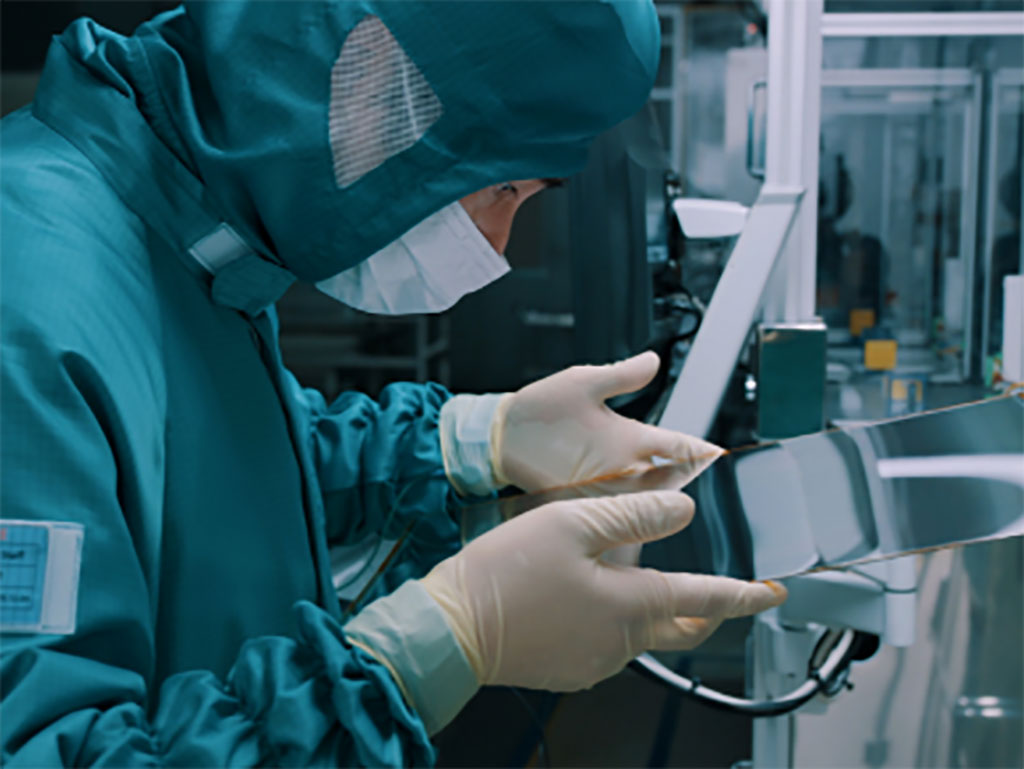Cutting-Edge Detector Technology 2.5 Times More Sensitive to X-Rays and 4 Times Faster Than Ever
Posted on 28 Feb 2023
A next-generation 3D detector technology can enable the development of 3D detectors that are at least 2.5 times more sensitive and four times faster in acquisition speed than existing detectors of the same class.
Rayence (Seoul, South Korea) has successfully applied the 'SPAD-GS (Global Shutter)' 3D detector technology to 3D detectors that provides optimal image quality even in low-dose/high-speed driven environments. The 'SPAD' device amplifies photons (particles of light) to recognize very small levels of photons as if many photons have entered. By applying 'SPAD' digital pixels to detectors, it is possible to acquire X-ray images even in extreme low-dose environments and significantly increase the detection speed. The 'SPAD' device is a next-generation semiconductor technology that is being used in 3D image sensors (LiDAR) for autonomous driving, smartphones, drones, robots, and more. Rayence is the first to successfully introduce 'SPAD' digital pixels to X-ray detectors.

Additionally, Rayence has applied GS technology, which captures high-quality images by eliminating motion blur when the object moves quickly. Rayence has minimized the degradation of image quality caused by object motion by combining 'GS' technology with the fast response speed of 'SPAD'. Rayence has also demonstrated its high technological capabilities by overcoming major obstacles to the application of 'SPAD-GS' technology, such as low robustness (resistance to X-rays), high power consumption, and image distortion.
Rayence's next-generation 3D detector technology is expected to attract attention in fields where X-ray imaging results need to be utilized as ultra-fast 3D images. The primary application of this technology will be in medical devices such as C-arms, which require real-time X-ray imaging during orthopedic surgery. Rayence plans to begin mass-production within several years after completing clinical trials and obtaining certifications.
Related Links:
Rayence














